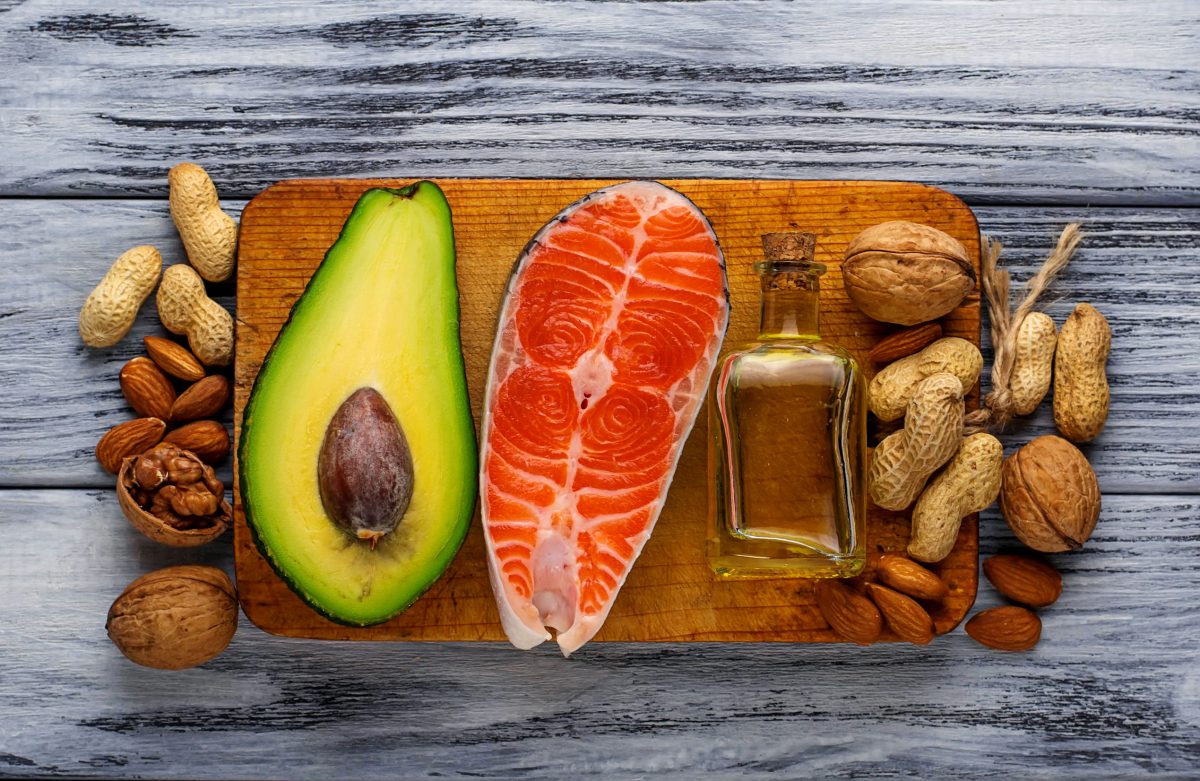It’s no question that what you eat can affect how you feel, right?
Mental health and brain health are complex. So are the foods we eat, and the ways our bodies interact with those foods. While, we don’t know the exact mechanisms for how food and nutrition help, we know a few ways food impacts our moods.
First, what we eat becomes the raw materials for our neurotransmitters. “Neurotransmitters” are biochemical messengers that allow our nerve cells to communicate. Ever heard of serotonin? It’s one of the more well-known neurotransmitters that’s responsible for boosting mood. They are important not just for thinking and memory, but also for mental health.
Second, what we eat affects our blood sugar. When you have unstable blood sugar levels, it can greatly contribute to mood swings.
Let’s talk about mood-boosting and mood-busting foods.
Mood-boosting foods
Some nutrient deficiencies look like mental health problems; this includes deficiencies in B-vitamins, vitamin D, and the mineral selenium. So, getting enough vitamins, minerals, (and other things like antioxidants) are key. These nutrients not only reduce inflammation but also fuel the biochemical reactions in our bodies. Including those that create neurotransmitters. So make sure you’re eating a variety of nutrient-dense whole foods, especially fresh fruits and vegetables. In fact, studies show that people who eat the most fruits and vegetables are the happiest.
Also pay special attention to vitamin D (the sunshine vitamin), as it’s not naturally occurring in too many foods. Selenium is an essential mineral found in Brazil nuts, walnuts, cod, and poultry. Try to add some of those to your weekly diet.
Second, make sure you get enough protein. Protein is your body’s main supply of amino acids. Amino acids are very important for mood issues because they are the building blocks of neurotransmitters. Protein also helps to regulate blood sugar. I recommend eating protein with every meal; this includes dark green leafy vegetables, eggs, poultry, and meat.
Third, complex carbohydrates like sweet potato and quinoa are great too. They allow better absorption of key amino acids like tryptophan. Tryptophan is used by your body to make serotonin (your “happy hormone”) and melatonin (your “sleepy” hormone). So, if you want to relax, try these in the evening.
Fourth, fish and other sources of omega-3 fatty acids (nuts, seeds, and algae) are also mood-boosting. Omega-3s are definitely “brain food” and may help to ease some symptoms.
Here’s a fun fact: One study showed that giving one multi-vitamin and one omega-3 fish oil tablet per day to prison inmates reduced the incidence of violent behavior by 50%!
Last but not least, make sure you’re hydrated. Mild dehydration can cause mood issues as well.
Mood-busting foods
You won’t be surprised to hear me say processed foods are mood-busters, right? One study suggests that eating a lot of processed foods devoid of nutrients can increase your chances of depression by as much as 60 percent! This is on top of the research that shows nutrient deficiencies can look like mental health problems.
“But it makes me feel good!”
Yes, some of these mood busters can make you feel better temporarily. Some big food companies study how to maximize the “pleasure” centers with the perfect amount of sugar, salt, and fat. Not to mention the color, texture, and taste; they can light up our taste buds and make us feel good… for now.
A few other things to avoid are:
- Alcohol (nervous system depressant)
- Caffeine (may worsen anxious feelings and ability to sleep)
- Sugar (messes with your blood sugar levels and can worsen inflammation).
Conclusion
Bad moods can lead to bad eating habits; and, bad eating habits can lead to bad moods. (I call this the cycle of eating poorly. You can read about it in my book). If you need a mood boost, stick to minimally processed nutrient-dense whole foods. Things like fresh fruit and vegetables (including leafy greens), nuts and seeds, eggs, fish, poultry, and meat. Avoid common mood-busting foods like alcohol, caffeine, and sugar.
And remember, sometimes “feel good” junk foods, only make you feel good temporarily. So, try my newest recipe for fruit salad, below.
Recipe (mood boosting): Berry Salad

Serves 4
1-2 cups blueberries, fresh
1-2 cups strawberries, fresh
1-2 cups raspberries, fresh
2 Tbsp. lemon juice
½ tsp cinnamon
½ tsp fresh mint leaves, chopped
Instructions
Place all fruit in a large bowl and gently toss.
Serve & enjoy!
References:
http://www.precisionnutrition.com/food-and-mood
http://www.precisionnutrition.com/how-to-fight-depression-naturally-with-nutrition








